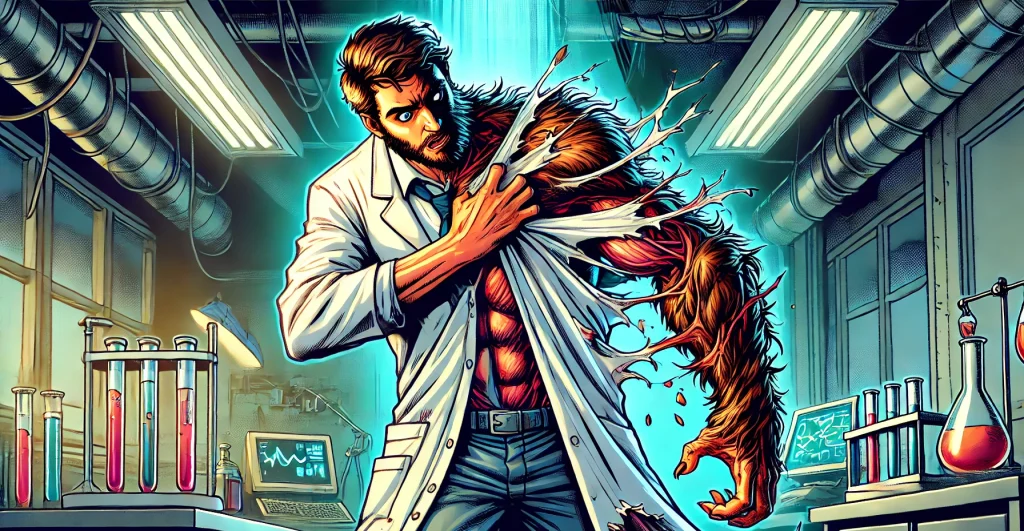When a task is successful and the roll result is more than 10 points higher than the target number, an Extreme Success is achieved. Conversely, if the task fails and the result is more than 10 points lower than the target, a Critical Failure occurs. Boost dice may be used to raise the value of a roll, possibly turning a normal success into an extreme one or narrowly avoiding a critical failure.
In the case of an Extreme Success, the GM should consider an elevated outcome for the task based on the situation. In combat, this typically means doubling the damage dice rolled. In non-combat situations, it might lead to an unexpected level of success that leaves the character in a more advantageous position than anticipated.
For a Critical Failure, not only does the task fail, but there is also an unforeseen negative consequence for the character attempting the task.
Example of Critical Failure
Player: “Alright, I’ve finished concocting the serum. My goal is to boost my strength to superhuman levels. Time to see if it works!” [rolls d20 and MS stat die] “Oh no… I got a total of 7.”
GM: grimacing “The target number was 20. That’s more than 10 points below. This is going to be a Critical Failure.”
Player: “Oh no, what happens?”
GM: “As you inject the serum, instead of feeling your muscles grow stronger, your body starts to convulse. You watch in horror as your limbs begin to twist and expand in unnatural ways. Your skin darkens, coarse hair starts sprouting, and you feel an insatiable taste for blood.”

